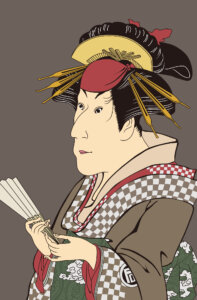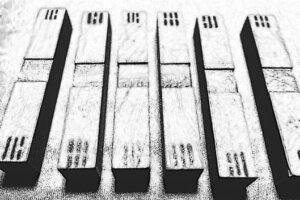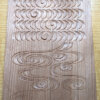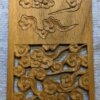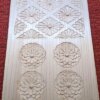How to carve patterns Part 14 ~Ichimatsu and Sankuzushi~
In this lesson, we’ll learn how to carve two grid-style geometric patterns:
-
Ichimatsu — a pattern of alternating colored squares.
-
Sankuzushi — a design where sets of three blocks are arranged vertically and horizontally, resembling ancient cobblestones.
Ichimatsu has long been known as Ishidatami (stone pavement), but it became popularly known as Ichimatsu during the Edo period, after the Kabuki actor Sanogawa Ichimatsu (佐野川市松) adopted the pattern in his costume.
Sankuzushi is a pattern in which three rectangles are arranged in rows and columns, giving a rhythmic, grid-like effect.
Historically, it was called Sankizushi or Sankizushi, inspired by the appearance of sangi (算木) — counting rods used in ancient Japanese mathematics and divination.

Tools Used
For this project, you will use:
-
A 9mm sharp chisel
-
A 6mm flat chisel
-
A 3mm flat chisel
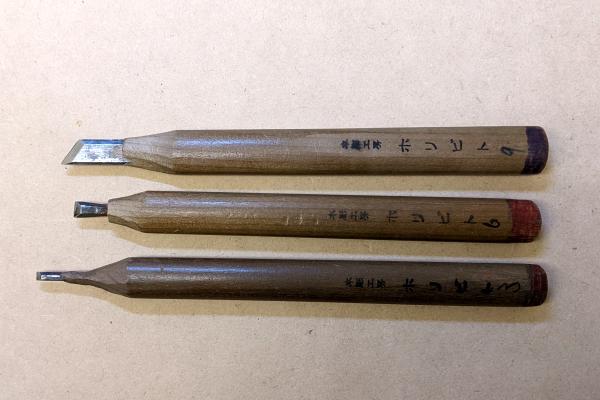
Preparation
Use carbon paper to trace the Ichimatsu and Sankuzushi patterns onto a postcard-sized wooden board.
You can download the sketch here: [PDF of Ichimatsu and Sankuzushi]
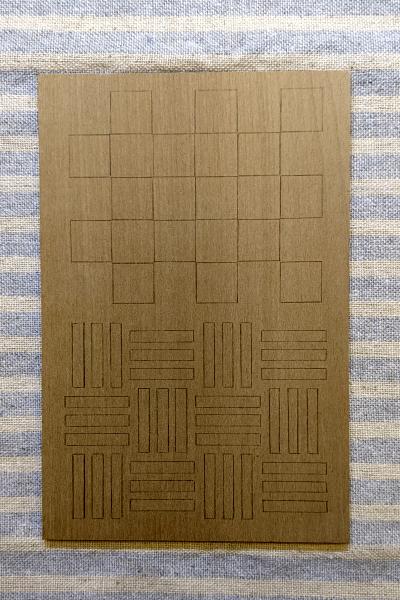
How to carve Ichimatsu
Step 1: Red Line Cut
Start by making a clean cut along the red line shown in the image below using the sharp chisel, keeping the depth consistent.
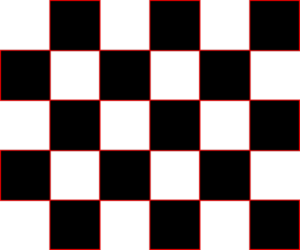
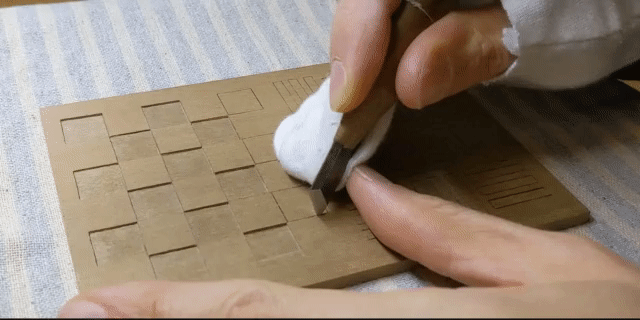
Step 2: Green Flat Surface
Next, use the 6mm flat chisel to carve a flat plane in the green area, making sure it intersects with the red cut.
Move the chisel horizontally all the way to the end to achieve a smooth and even surface.




How to carve Sankuzushi
Step 1: Red Line Cut (Same as Ichimatsu)
As with Ichimatsu, make a cut at a consistent depth along the red line using the sharp chisel.
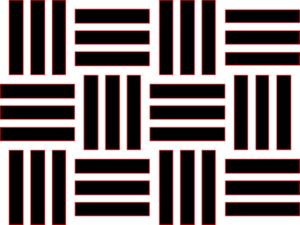
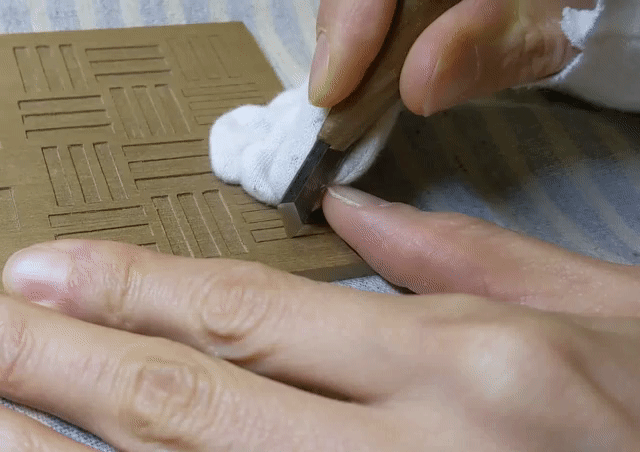
Step 2: Green Flat Surface
Then, carve the green area using the 3mm flat chisel, intersecting with the red cut to create a flat surface.
Since these lines are narrower than those in the Ichimatsu pattern, it may be more difficult to carve cleanly—but try to maintain a tidy finish, especially at the notch corners.
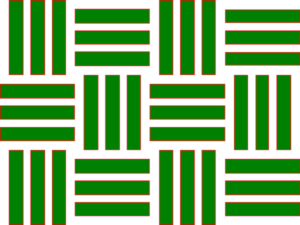
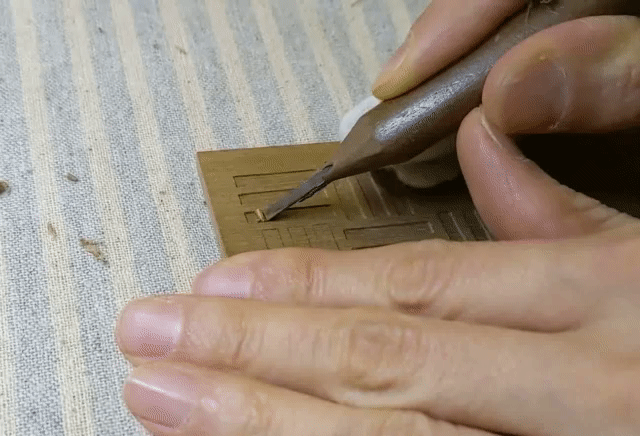
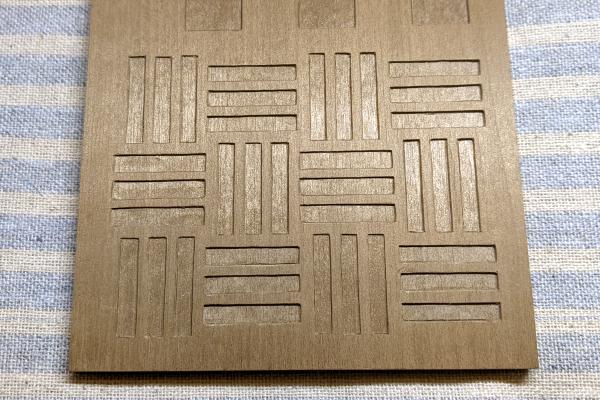
How to carve patterns
- From the lattice to the scales
- Raimon
- Asanoha and Sayagata
- Seigaiha and Sippo-Tsunagi
- Higaki and Kumikikko
- Mimasu-Tsunagi and Mimasu-Chirashi
- Ryusui
- Bundo-Tsunagi and Tatewaku
- Yamajimon and Misujidate
- Kemanmon and Gobosei
- Chidori and Chidori-Goshi
- Nejiume (Twisted plum)
- Kikubishi and Yaegiku
- Ichimatsu and Sankuzushi ←Current page displayed
- Kikko and Yagasuri
- Clouds
- Waves


